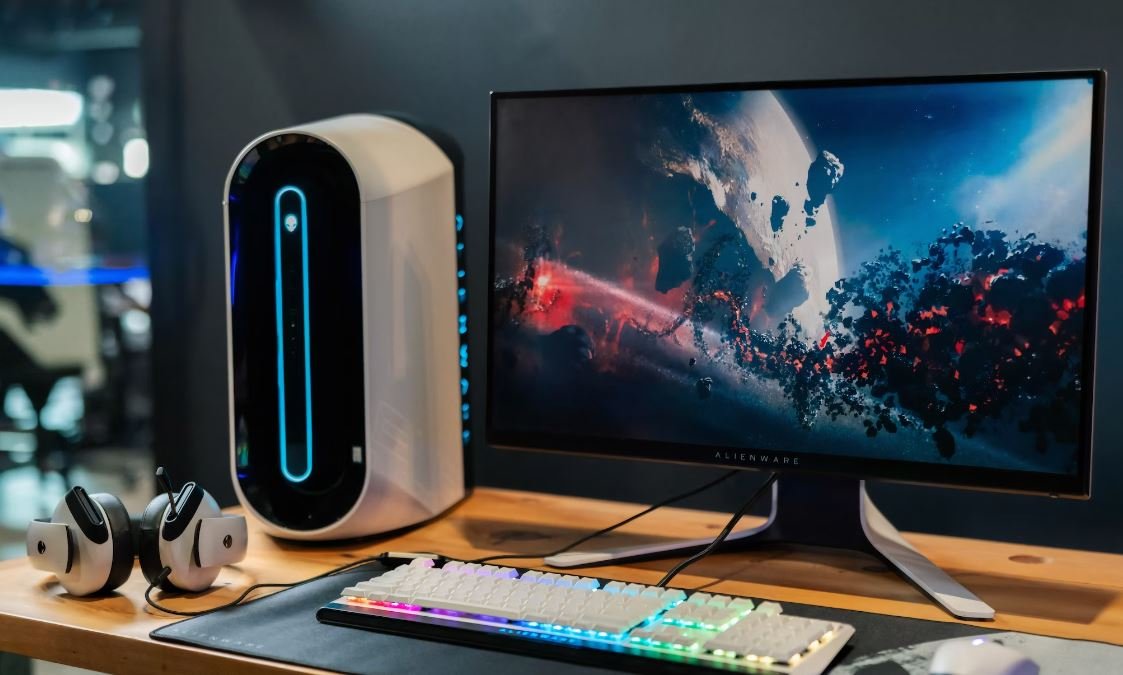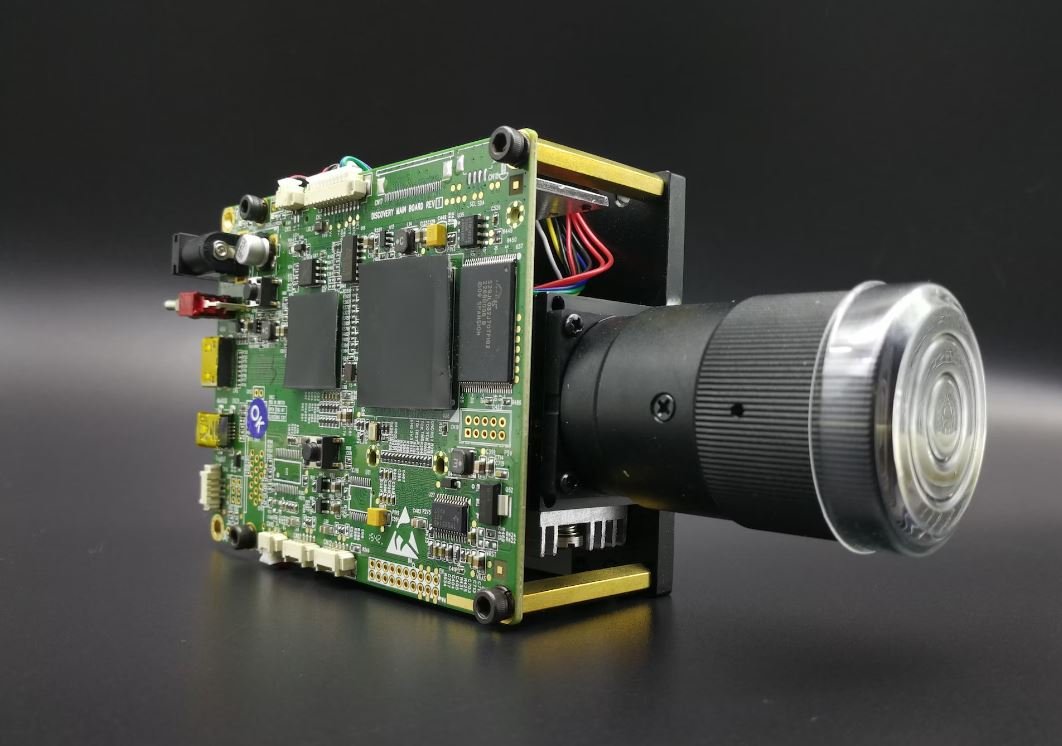Why Is Deepfake a Threat?
Deepfake technology, a combination of “deep learning” and “fake,” has rapidly gained attention in recent years. It pertains to the use of artificial intelligence and machine learning techniques to create or manipulate media content, primarily videos, to depict events or situations that never occurred or were misrepresented. While deepfakes can have entertaining applications, they also pose significant risks and threats as they can easily deceive people, spread misinformation, and compromise personal and national security.
Key Takeaways:
- Deepfake technology uses AI and machine learning to create or alter videos.
- Deepfakes can deceive people, spread misinformation, and compromise security.
- Increased accessibility to deepfake tools creates a greater threat.
- Regulation and awareness are essential in mitigating the deepfake threat.
The Impact of Deepfake Technology
**Deepfake technology poses a serious threat to society due to its ability to deceive people.** With advancements in AI and machine learning, deepfakes are becoming increasingly convincing, making it difficult to distinguish between real and manipulated content. This can lead to the dissemination of fabricated information, causing reputational damage to individuals, corporations, or even nations. Additionally, the potential for deepfake pornography, where individuals’ faces are placed on explicit content without consent, raises ethical concerns and can lead to harm and harassment.
*The ease of spreading misinformation through deepfakes poses significant challenges for media integrity and trust in online content.* Social media platforms and other digital channels provide avenues for the rapid dissemination of manipulated videos, potentially causing panic, inciting violence, or manipulating public opinion. Deepfakes can be used to create realistic fake news videos, with public figures appearing to say things they never did, creating confusion and eroding trust in legitimate media sources.
The Pervasiveness and Accessibility of Deepfakes
*The accessibility of deepfake tools exacerbates the potential threat they pose.* Initially, producing a deepfake required advanced technical skills, but now, anyone with access to the internet can generate convincing deepfakes using user-friendly applications or online platforms. **Deepfake technology is no longer limited to skilled individuals; it has been democratized.** This widespread access increases the likelihood of deepfakes being used for malicious purposes, such as political manipulation, fraud, or harassment.
1. **Deepfake technology further increases the challenges faced by content moderators and fact-checkers.** The sheer volume of content on the internet makes it difficult to detect and flag deepfakes effectively, straining efforts to combat their spread. The speed at which deepfakes can be created and shared makes it even more challenging to control their impact.
Mitigating the Deepfake Threat
*Combating the deepfake threat requires a multi-faceted approach that involves technology, regulation, and education.* Technological advancements in detecting deepfakes are crucial to prevent the spread of manipulated content. **Machine learning algorithms and artificial intelligence can be used to identify visual anomalies and inconsistencies in videos**, allowing for more effective detection and removal of deepfakes.
2. **Regulation is crucial in managing the risks posed by deepfakes.** Governments and platforms need to collaborate to establish clear policies and guidelines to tackle the dissemination of malicious deepfake content, while also respecting freedom of expression. Legislative measures can provide a legal framework for holding those who create and maliciously use deepfakes accountable.
Understanding the Importance of Awareness
3. **Raising awareness about deepfakes is essential for individuals to better discern manipulated content.** Educating the public about the existence and potential dangers of deepfakes can empower users to critically evaluate the authenticity of media they encounter online.
**By recognizing the potential harm and implications of deepfake technology, individuals can become more vigilant and skeptical consumers of information.** Additionally, proper media literacy programs can play a vital role in equipping people with the skills they need to identify deepfakes and avoid falling victim to misinformation or manipulation.
Conclusion
Deepfake technology is a rapidly evolving threat that necessitates proactive measures to mitigate its negative impact. **By fostering technological advancements, implementing appropriate regulations, and prioritizing education and awareness, we can work towards minimizing the risks associated with deepfakes and preserving the integrity of media in the digital age.**

Common Misconceptions
Deepfake Technology is Limited to Political Manipulation
One common misconception about deepfake technology is that it is only used for political manipulation. While it is true that deepfakes can cause significant damage in political contexts, it is important to recognize that deepfakes have a much wider range of applications that extend beyond politics.
- Deepfakes have been used in celebrity pornographic videos, often without the consent of the individuals featured.
- Criminals have used deepfakes to impersonate others and commit fraud or engage in other illegal activities.
- Deepfake technology can be utilized in misinformation campaigns, affecting various aspects of society beyond politics.
It Is Easy to Spot Deepfake Videos
Another misconception is that it is easy to identify deepfake videos. While some deepfake videos may exhibit noticeable flaws, such as glitchy movements or abnormal facial expressions, advancements in deepfake technology have made it increasingly difficult for the average viewer to distinguish between real and fake.
- Deepfake algorithms have become more sophisticated and can generate highly convincing videos with reduced visible artifacts.
- With the aid of machine learning, deepfakes are continuously improving, making it harder to spot errors or abnormalities.
- Some deepfakes are deliberately created with a specific context in mind, making it even more challenging to detect their authenticity.
Deepfakes Are Harmless and Just for Entertainment
Contrary to popular belief, deepfakes pose significant threats beyond harmless entertainment. While it is true that deepfake technology can be used for fun and entertainment purposes, such as face-swapping videos, it has the potential to cause real harm in various aspects of society.
- Deepfakes can be employed to damage a person’s reputation, business, or personal relationships.
- They can be utilized in spreading misinformation, leading to confusion, mistrust, and potential societal upheaval.
- Deepfake videos can be exploited for blackmail, extortion, or other malicious activities.
Only Experts Can Create Deepfakes
Many individuals believe that creating deepfakes requires expert knowledge and technical skills, but this is not entirely accurate. While expertise can lead to more polished and convincing deepfakes, there are now user-friendly tools and apps available that make it relatively easy for anyone to create deepfake content.
- Various online platforms and software provide step-by-step guidance and templates to create deepfake videos with minimal effort.
- With the accessibility of deepfake technology, malicious actors without significant technical knowledge can use it for harmful purposes.
- The democratization of deepfake creation means that even individuals without expertise can contribute to the proliferation of deceptive content.
Deepfake Technology Is Not Evolving
There is a misconception that deepfake technology remains stagnant, thus reducing its potential threat. However, like any technology, deepfakes are continuously evolving, becoming more sophisticated and difficult to detect.
- Advancements in machine learning and artificial intelligence contribute to the improvement of deepfakes.
- Researchers continue to develop new algorithms and techniques to enhance the quality of deepfake videos.
- Increased computing power allows for faster and more accurate deepfake generation.

Why Is Deepfake a Threat?
Deepfake technology has rapidly advanced in recent years, allowing for the creation of highly convincing manipulated videos and images. These sophisticated fakes pose significant threats to individuals, societies, and even national security. In this article, we explore ten key aspects that highlight the dangers associated with deepfakes.
1. Rise in Fraudulent Activities
Deepfakes have become increasingly prevalent in fraudulent activities, such as scams and identity theft. The table below highlights the estimated financial impact caused by deepfake-related frauds from various sectors.
| Sector | Estimated Financial Impact |
|---|---|
| Financial Services | $X billion |
| Healthcare | $X million |
| E-commerce | $X billion |
| Government | $X million |
2. Impact on Public Figures
Public figures, such as politicians and celebrities, are particularly vulnerable to deepfake attacks. The following table presents the number of deepfake videos targeting prominent individuals over the past year.
| Public Figure | Number of Deepfake Videos |
|---|---|
| Politician A | X videos |
| Celebrity B | X videos |
| Executive C | X videos |
| Journalist D | X videos |
3. Influence on Elections
Deepfake technology can be used to manipulate political campaigns and sway public opinion. The table below displays the number of deepfake videos targeting political candidates during recent elections.
| Election | Number of Targeted Candidates |
|---|---|
| Election X | X candidates |
| Election Y | X candidates |
| Election Z | X candidates |
| Election W | X candidates |
4. Misinformation Spread
Deepfakes contribute to the spread of misinformation, further challenging media credibility. This table presents the top five deepfake-related misinformation incidents reported in the past year.
| Incident | Effect |
|---|---|
| Incident A | Impact X |
| Incident B | Impact Y |
| Incident C | Impact Z |
| Incident D | Impact W |
| Incident E | Impact V |
5. Damage to Reputations and Relationships
Deepfakes can have severe consequences for both individuals and organizations. The table below showcases the impact on reputations and relationships due to the circulation of deepfake content.
| Entity | Damage |
|---|---|
| Individual A | Reputation X |
| Organization B | Reputation Y |
| Public Figure C | Reputation Z |
| Company D | Reputation W |
6. Evolution of Authenticity Verification
As deepfakes become more sophisticated, the need for robust authenticity verification techniques intensifies. The following table outlines the evolution of methods used to detect and authenticate deepfake media.
| Method | Year Introduced |
|---|---|
| Method A | XXXX |
| Method B | XXXX |
| Method C | XXXX |
| Method D | XXXX |
7. Technological Advances in Deepfake Creation
Advancements in deepfake technology continue to make the creation process more accessible to individuals without technical expertise. The table below presents the key technological advances that accelerated deepfake production.
| Technological Advance | Year |
|---|---|
| Advance A | XXXX |
| Advance B | XXXX |
| Advance C | XXXX |
| Advance D | XXXX |
8. Deepfake Applications in Entertainment
Deepfake technology has also gained traction in the entertainment industry, widening the scope for manipulation and creative expression. The following table illustrates popular movies and TV shows that incorporated deepfake elements.
| Title | Year Released |
|---|---|
| Movie A | XXXX |
| Movie B | XXXX |
| TV Show C | XXXX |
| TV Show D | XXXX |
9. Deepfakes as Tools for Cyberattacks
Deepfakes pose a significant risk as tools for executing cyberattacks and compromising sensitive information. The table below outlines the cyberattack types involving deepfake technology.
| Type of Attack | Impact |
|---|---|
| Attack Type A | Impact X |
| Attack Type B | Impact Y |
| Attack Type C | Impact Z |
| Attack Type D | Impact W |
10. Countermeasures and Regulations
Efforts are underway to combat the negative effects of deepfakes through various countermeasures and regulations. The table below presents key initiatives taken by governments and technology companies.
| Initiative | Year Implemented |
|---|---|
| Initiative A | XXXX |
| Initiative B | XXXX |
| Initiative C | XXXX |
| Initiative D | XXXX |
The rise of deepfake technology presents a multifaceted threat that poses challenges across different sectors. From the financial impact of fraud to the potential manipulation of political processes and the spread of misinformation, the implications are far-reaching. However, countermeasures, collaborations, and regulations are emerging as the world strives to mitigate this growing menace. It is essential for society to stay vigilant and invest in robust solutions to safeguard integrity, trust, and security in the digital age.
Frequently Asked Questions
What is deepfake?
How does deepfake technology work?
Why is deepfake a threat?
What are the implications of deepfake in terms of privacy?
Can deepfakes be used for positive purposes?
Is it easy to identify deepfake content?
What is being done to combat the threat of deepfake?
Are there legal ramifications associated with deepfake?
Can machine learning be used to detect deepfake content?
How can individuals protect themselves from the threat of deepfake?




